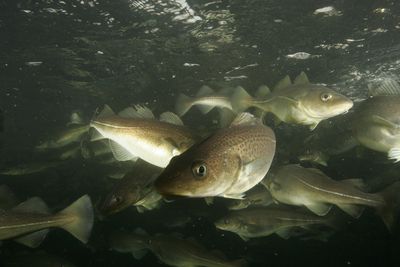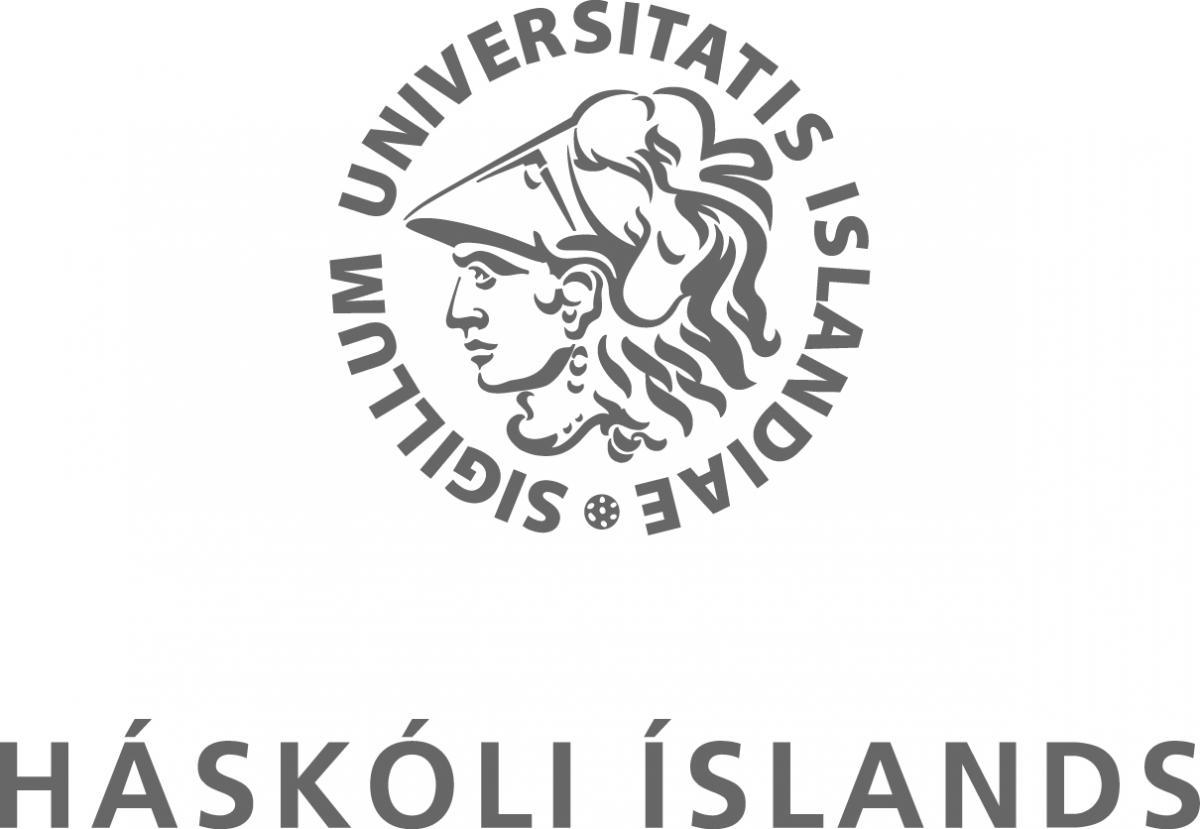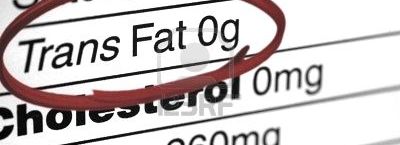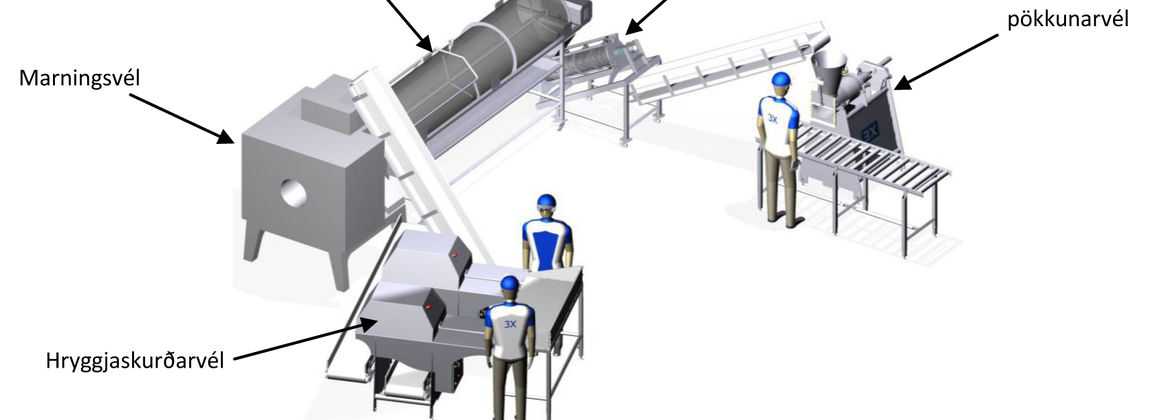Recently, there has been a timely discussion about the amount of trans fatty acids in foods. At Matís, quantitative measurements are made of trans fatty acids as well as other fatty acids and ingredients in food.
The government has decided to set rules on the maximum amount of trans fatty acids in food based on the Danish model.
Studies show that the consumption of trans fatty acids increases the risk of cardiovascular disease and therefore these rules are set. Some countries have set strict rules or standards for trans fatty acids in food to reduce their quantity and imposed labeling requirements on packaging, such as Denmark, the United States, Brazil, Switzerland and Canada.
What are trans fats?
The production and use of trans fatty acids in food has a history of over 100 years, but the process was designed by the German Wilhelm Normann in 1901, who was also the first producer of such fats on an industrial scale. Trans fatty acids are formed when liquid fats (mainly vegetable fats) are partially hardened by mixing them with hydrogen gas and nickel under high temperature and pressure. Such fats have a much longer shelf life than liquid fats and have been used in many different products and for frying and baking for many decades. Trans fatty acids can also be found in the fat of ruminants from nature. The new rules in Iceland only apply to trans fatty acids in industrial raw materials. The proportion of trans fatty acids in the fat of ruminants is never high and this fat has been in the diet of man for centuries.
Effects of trans fatty acids on health
Saturated fatty acids increase the risk of cardiovascular disease such as trans fatty acids, but the latter are considered worse. A 2006 study indicated that 30,000 to 100,000 deaths in the United States could be attributed to trans fatty acids. When removing trans fats from foods or reducing their levels, care must be taken to increase the proportion of saturated fatty acids as little as possible. Dietary advice is published on the Public Health Institute's website.
It is recommended that people choose oil or soft fats as often as possible instead of hard fats that include both saturated and trans fats. Discussions about the negative health effects of trans fatty acids have been growing rapidly in the last 10 years, and both hardened vegetable oil producers and food producers have contributed to reducing the amount of trans fatty acids in food. However, the situation can still be improved considerably and consumers better informed.
Amount of trans fatty acids in Icelandic food
Matís ohf offers measurements of numerous fatty acids in food, including trans fatty acids. Measurements are made for companies, regulators and individuals. In 2008 and 2009, Matís carried out an assessment of fatty acids in food on the Icelandic market. The audit covered 51 samples and was carried out in collaboration with the Public Health Institute and the Food Administration and was intended, among other things, to obtain information for the Icelandic database on the chemical content of food (ÍSGEM) operated by Matís. It was found that trans fatty acid levels in food varied greatly. Trans fatty acids were found in table margarine, baking margarine, fried baked goods, vegetable ice cream and micro-popcorn. Only some brands of these products contained trans fatty acids, while others were completely free of these fatty acids. This shows that it is possible to get rid of the trans fatty acids from these products and the food industry is well on its way in this respect.
The audit included biscuits, sweets and food from fast-food restaurants without trans fatty acids. This is a big change from what it was about 15 years ago. A study conducted in 1995 found that trans foods were high in many foods on the Icelandic market. The results of the study from 1995 can be seen here:
www.matis.is/media/utgafa/matra/Matra_-02-09_-Fitusyrur.pdf
How to reduce the amount of trans fatty acids?
The food industry now needs to take action to ensure that trans fatty acids do not exceed 2 g per 100 g of the remaining products. It depends on the type of food how the composition will be changed. In some products you can use liquid oils and it is the best solution from a nutritional point of view. In other cases, solid fat must be used, but it can be highly saturated. Semi-hardened fats contain trans fatty acids, while fully saturated fats do not contain trans fatty acids but a lot of saturated fatty acids. One way for food manufacturers to mix solidified fats with oil is to obtain trans-fat-free fats with comparable properties to semi-hardened fats. It can be assumed that the general public will not be affected by changes in the food supply, as the food industry will simply choose other raw materials for production.
The general public is increasingly interested in the type of fat in food. There are many questions about trans fatty acids and how it is possible to find out if foods contain these fatty acids. Measurements of fatty acids always give the safest answer, but information on the packaging can be used. If the description of the ingredients only indicates oils as fatty ingredients, they are not trans fatty acids.
Ólafur Reykdal, one of our Icelandic experts on trans fatty acids, works for Matís. For further information, please contact Ólafur, olafur.reykdal@matis.is.











